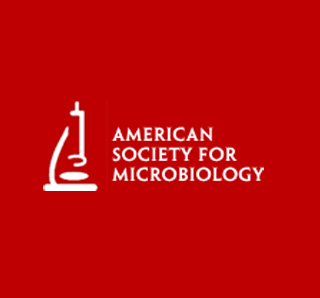
Previous studies were conducted to understand the genetic make-up of Salmonella enterica subsp. enterica serovar Typhimurium (or S. enterica serovar 4,[5],12:i:-). It was mentioned that the strain was almost identical to the S. enterica serovar Typhimurium strain that is usually identified in chickens.
The experts commented, “Interestingly, the number of S. enterica serovar 4, [5],12:i:- strains isolated from humans and sent on voluntary basis to the National Reference Centre for Salmonella and other Enterics increased from 0.1% in 1999 to 14.0% in 2008.â€
In the course of the latest research, investigators accumulated and scrutinized strains of S. enterica serovar 4,[5],12:i:-from pigs, pork, and humans. The inspection that continued for over two-years seemingly presented a clearer outlook of its transmission capabilities. The genetic relatedness, pathogenicity and antimicrobial resistance of the strains were examined in contrast to that of S. enterica serovar Typhimurium.
The researchers shared, “Overall the study indicates that in Germany S. enterica serovar 4, [5],12:i:- strains isolated from pig, pork, and human are highly related, showing their transmission along the food chain. Since the pathogenicity gene repertoire is highly similar to that of S. enterica serovar Typhimurium, it is essential that interventions are introduced at the farm level in order to limit human infection.â€
The experts apparently noted two important clonal lineages in both the strains. Moreover, 65% of isolates from the two lineages appeared to be ampicillin, streptomycin, tetracycline and sulfamethoxazole resistant.
The research is published in the July 2010 issue of the journal Applied and Environmental Microbiology.
